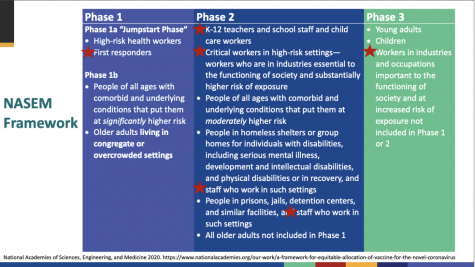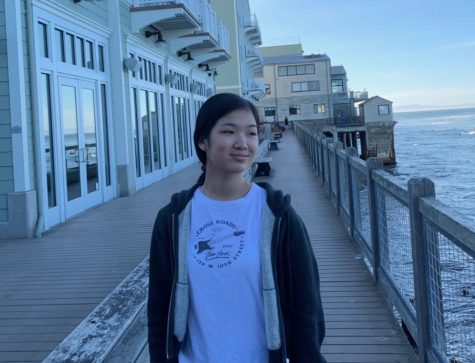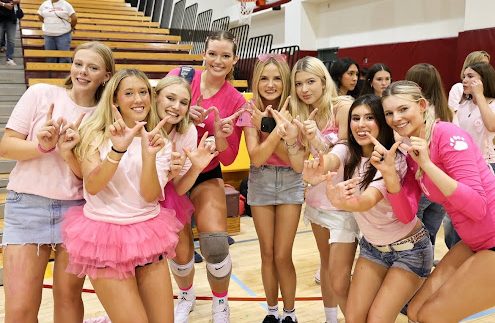The Pfizer-BioNTech and Moderna Vaccine
January 30, 2021
Pfizer and BioNTech created the first COVID-19 authorized vaccine. The shot consists of two doses given within three weeks apart. Moderna’s vaccine, developed by a Massachusetts biotechnology company, was the second vaccine cleared for usage. It consists of two shots given within 28 days apart.
What does the Vaccine do to Your Body?
The Pfizer-BioNTech and Moderna shots are the first vaccines utilizing mRNA (which carry information from the DNA in the nucleus of the cell to the cytoplasm where proteins are made) approved for humans. This approach differs from the traditional vaccines, which use a dead or weakened virus to generate an immune response. Instead, a synthesized scrap of genetic information is wrapped in a protective lipid layer to keep it from disintegrating. When it enters the muscle cell from vaccination, the ribosomes will read the mRNA instructions for the spike protein and generate copies of the them. These spike proteins created will trigger an immune response, and by doing so, our immune system will be prepared to eliminate the virus if it enters the body.

According to Pfizer, their vaccine is authorized in the United States for people 16 or older. On the other hand, the FDA states that Moderna’s vaccine will be available and used on 18 or older people.
Differences between the Pfizer-BioNTech and Moderna Vaccine
- The Pfizer Vaccine
- It needs to be stored at 94 degrees below zero. After it thaws, it can be stored in a refrigerator for five days.
- Shown that it has 95% efficiency at preventing COVID infection
- 95.3% effective in men and 93.5% effective in women
- The Moderna Vaccine
- It needs to be stored 4 degrees below zero. After it thaws, it can be stored in a refrigerator for 30 days.
- Shown that it is 94.5% effective at preventing symptomatic illness and appears to prevent the spread of the virus as well
- 95.5% effective in men and 93.9% effective in women
Although the vaccines have their differences, they both have the same possible side effects: pain at the site of the shot, headache, fever, fatigue, chills, and muscle and joint pain. In most cases, these side effects are normal. The soreness in the arm should fade after 24-36 hours. However, the Moderna vaccine’s side effects are more prominent after the second dose. Health officials strongly recommend considering taking a few days off work to recover after taking the second shot.
How Well Does the Vaccine Work for Each Racial Group?
According to the LA Times, the Moderna vaccine was “100% effective in Black, Latino, and Asian Americans, as well as people with mixed racial backgrounds.” People in the Moderna trial who developed COVID-19 after vaccination were white. As for Native Americans and Pacific Islanders, the vaccine efficiency could not be determined because there were no cases of COVID in either the vaccine or placebo groups.
In contrast, the Pfizer vaccine was 100% for Black participants and 94.5% for the Latino group, slightly below the 94.7% for white participants. The vaccine was 74.4% for Asian Americans and 100% for both Native Americans and Pacific Islanders. Among multiracial people, it was only 10.4% (1 case of COVID among 19 of those who got the vaccine and one case of those who got the placebo).
For more sources and information about vaccine efficiency on racial groups, please click here.
When is the Vaccine Going to be Available for You?
The Government is committed to making COVID vaccines available to everyone as soon as possible. The 3 phases listed below ensure a safe and effective way of allowing people to receive their vaccination.

After vaccination, it will typically take a few weeks for the body to build immunity. This means that it is still possible that even after the shot, a person can be infected with COVID. Therefore, everyone must follow the guidelines (social distancing, wearing a mask, etc.) to protect themselves and everyone. When there is a good amount of people getting vaccinated, herd immunity would occur. As a result, the entire community is protected, even those who were not able to get vaccinated.







